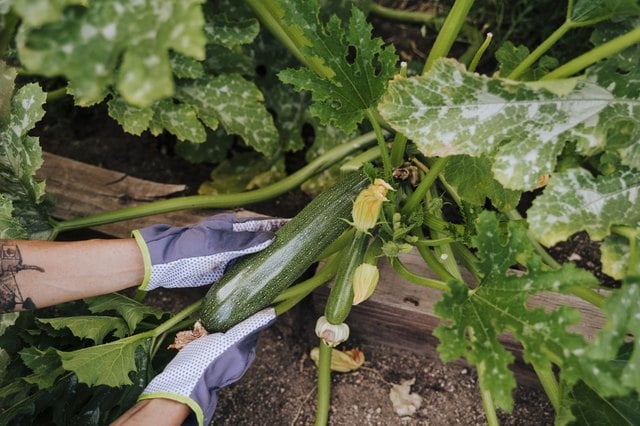Zucchini plants, scientifically known as Cucurbita pepo, have long been a staple in vegetable gardens worldwide. With their vibrant green leaves and ability to produce an abundance of delicious summer squash, these plants have captured the attention of gardeners and horticulturists alike. But have you ever wondered if zucchini plants have a particular fondness for water? In this article, we will explore the relationship between zucchini plants and water, unraveling the mysteries behind their water requirements and shedding light on the optimal conditions needed for their successful growth. When it comes to the water needs of zucchini plants, it is important to understand the factors that affect their water requirements. This article will explore the various aspects of watering zucchini plants, including the signs of underwatering and overwatering, the best time of day to water, suitable watering methods, the effect of climate and planting location on watering, and the importance of mulching in water conservation. Additionally, tips for managing water-related issues and promoting water-smart gardening practices will be discussed.

Water Needs of Zucchini Plants
Zucchini plants require a sufficient amount of water to thrive and produce healthy fruits. The water needs of zucchini plants may vary depending on several factors, including weather conditions, soil type, and the stage of growth. Generally, zucchini plants need around 1 to 1.5 inches of water per week. This estimate includes both rainfall and manual watering. However, it is essential to monitor the moisture levels of the soil to ensure that the plants are receiving adequate water.
Factors Affecting Water Requirements
Several factors can influence the water requirements of zucchini plants. The most significant factor is the weather conditions. During hot and dry periods, zucchini plants may require more water to compensate for increased evaporation. Soil type also plays a role in water retention and drainage. Sandy soils tend to drain water quickly, requiring more frequent watering, while clay soils have higher water retention capacity. Additionally, the stage of growth affects water needs, with young plants requiring more water for establishment and fruit-bearing plants needing consistent moisture to support fruit development.
Signs of Underwatering
Underwatering zucchini plants can lead to stunted growth, wilting, and reduced fruit production. To determine if your zucchini plants are underwatered, observe the plant’s appearance and the soil moisture levels. Signs of underwatering include drooping leaves, dry and crumbly soil, and slow growth. The leaves may also develop a wilted or wrinkled appearance. If you suspect underwatering, increase the frequency and amount of watering to ensure the plants receive enough moisture.
Signs of Overwatering
Overwatering zucchini plants can have detrimental effects, including root rot, fungal diseases, and poor growth. To avoid overwatering, it is crucial to recognize the signs and symptoms. Overwatered zucchini plants often exhibit yellowing leaves, wilting despite the soil being moist, and a foul odor emanating from the soil. Additionally, the soil may feel waterlogged and appear muddy. If you suspect overwatering, reduce the frequency of watering and improve soil drainage by adding organic matter or adjusting irrigation methods.
When to Water Zucchini Plants
Watering frequency and timing are crucial factors in maintaining healthy zucchini plants. Understanding when to water zucchini plants can maximize their growth and productivity.
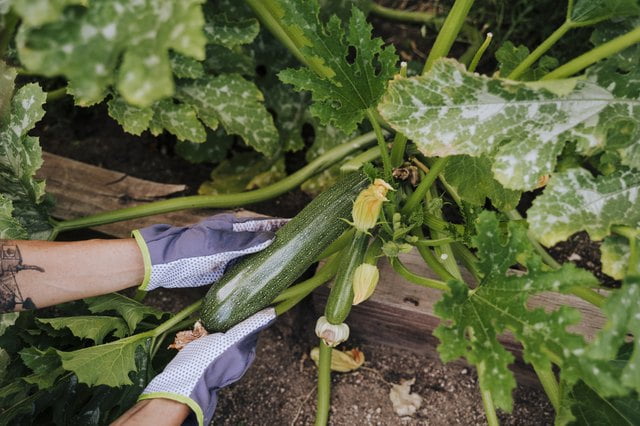
Watering Frequency
Zucchini plants benefit from regular watering to maintain consistent soil moisture. Depending on weather and soil conditions, watering may be required two to three times per week, with a deep soaking. However, it is important to avoid overwatering and allow the soil to dry out slightly between waterings. Regularly check the moisture levels of the soil by inserting your finger into the soil or using a moisture meter. When the top inch of soil feels dry, it is a good indication that the plants need watering.
Best Time of Day to Water
Choosing the right time of day to water zucchini plants can significantly impact their water uptake and minimize water loss. It is generally recommended to water in the early morning or late evening when evaporation rates are low. This allows the plants to absorb water more efficiently and reduces the risk of fungal diseases caused by prolonged moisture on the leaves. Avoid watering during the midday heat when water may evaporate quickly.
Watering Techniques
Applying water directly to the soil around the base of the zucchini plants is the most effective watering technique. This allows the water to reach the roots where it is needed the most. Avoid overhead watering methods that wet the foliage excessively, as this can promote disease development. Mulching around the zucchini plants can help retain soil moisture and reduce water evaporation.
Suitable Watering Methods
Various watering methods can be used to provide water to zucchini plants, depending on the garden setup and water availability.
Drip Irrigation
Drip irrigation is an efficient watering method that delivers water directly to the root zone of the plants. It involves the use of a network of tubes or hoses with small emitters that release water slowly. Drip irrigation reduces water wastage through evaporation and minimizes leaf wetting, reducing the risk of foliar diseases.
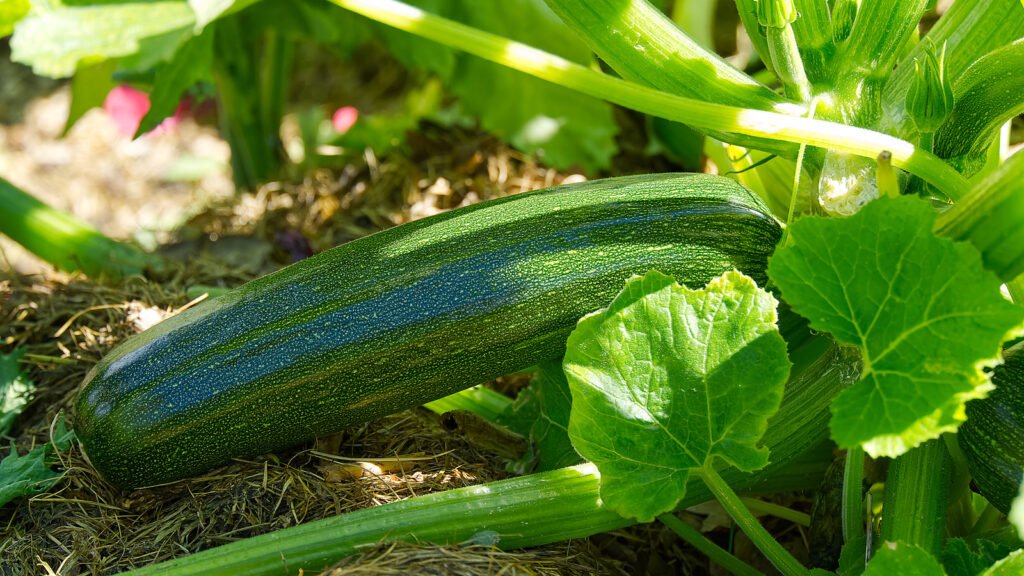
Soaker Hoses
Soaker hoses are another effective watering option for zucchini plants. These porous hoses release water slowly and evenly along their entire length, ensuring thorough watering. Soaker hoses can be placed around the base of the plants, buried beneath a layer of mulch, and connected to a water source. This method allows for deep watering while minimizing water runoff.
Hand Watering
Hand watering can be a suitable option for small gardens or potted zucchini plants. Using a watering can or hose with a gentle spray attachment, water should be applied directly to the soil around the plants. Take care to water deeply and thoroughly to ensure the entire root zone receives adequate moisture. Consider using a watering wand or nozzle with a rose attachment for a gentle and even distribution of water.
Planting Location and Water Availability
The planting location of zucchini plants and the availability of water sources are important factors to consider when determining the water needs of the plants.
Effect of Climate on Watering
The climate of your region strongly influences the water requirements of zucchini plants. In hotter and drier climates, zucchini plants will need more frequent watering to withstand high evaporation rates and prevent drought stress. In contrast, cooler and more humid climates may require less frequent watering, as the soil retains moisture for a longer duration.
Container Gardening vs. In-Ground Planting
The choice between container gardening and in-ground planting can affect the water needs of zucchini plants. Container-grown zucchini plants generally require more frequent watering, as the limited soil volume can dry out quickly. In-ground planting allows for a larger root zone and better water retention. However, it is still important to monitor the soil moisture and provide sufficient water as needed.
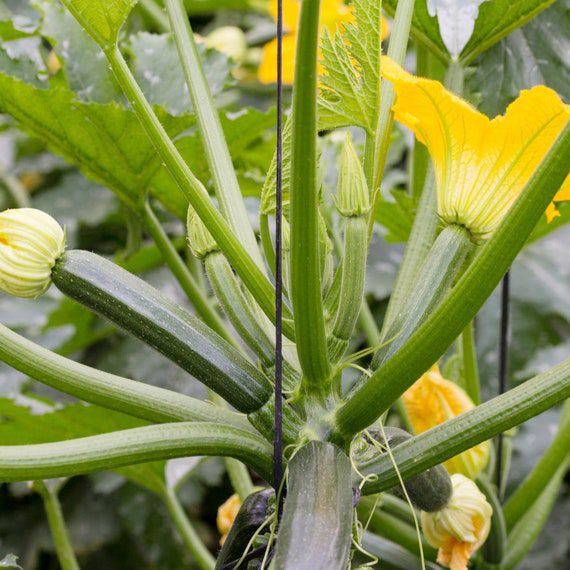
Proximity to Water Source
The proximity of your zucchini plants to a water source can determine the ease of watering. If your garden is located far from a water source, consider installing a water catchment system or drip irrigation system to ease the task of watering. Having a readily available water source nearby can help ensure consistent and timely watering.
Watering Zucchini Plants during Different Stages
The water requirements of zucchini plants vary throughout their growth stages. Adequate watering during each stage is crucial to support their development.
Watering Zucchini Seeds
After sowing zucchini seeds, it is essential to keep the soil evenly moist to support germination. Water should be applied gently to avoid displacing the seeds. Using a watering can with a fine rose attachment or misting the soil with a spray bottle can help prevent disturbance. Once the seeds have germinated, continue watering regularly, ensuring the soil remains moist but not waterlogged.
Watering Young Zucchini Plants
As zucchini plants grow larger and develop more leaves, their water needs increase. Young zucchini plants require frequent watering to establish their root systems and support healthy growth. Water deeply and thoroughly, allowing the water to penetrate the soil and reach the deeper root zone. Avoid shallow watering that only wets the surface, as this can lead to shallow root growth and less drought tolerance.
Watering Mature Zucchini Plants
Mature zucchini plants require consistent and regular watering to support fruit development. Adequate soil moisture is crucial for proper fruit formation and size. Monitor the soil moisture levels and adjust the frequency of watering accordingly. During periods of hot and dry weather, supplemental watering may be necessary to prevent stress and maintain fruit quality.
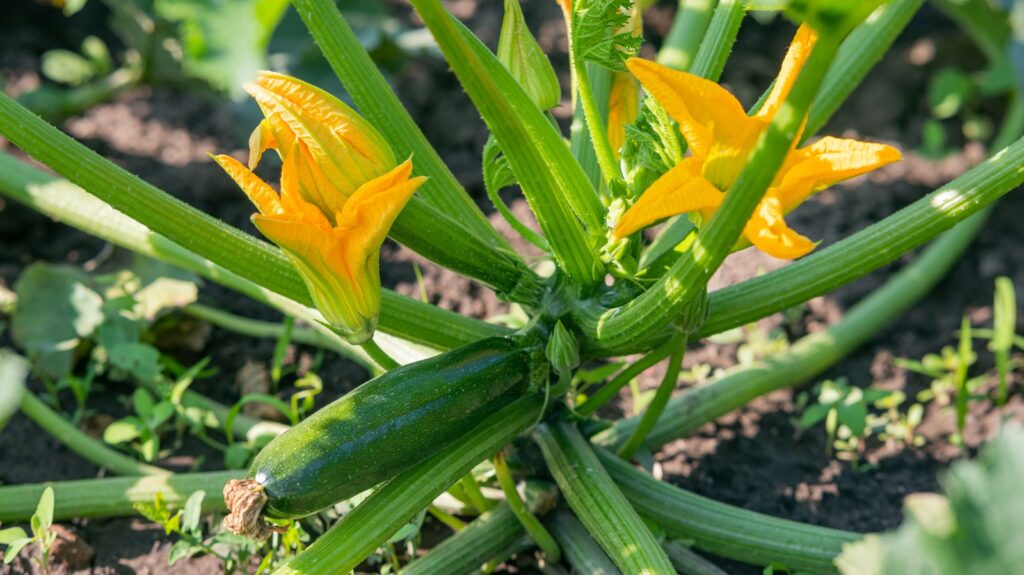
Mulching and Watering
Mulching is a valuable practice that can significantly impact the water requirements of zucchini plants. By applying a layer of organic mulch around the base of the plants, several benefits can be achieved.
The Benefits of Mulching
Mulching helps conserve soil moisture by reducing water evaporation from the soil surface. It acts as a protective barrier, preventing direct exposure to sunlight and wind that can dry out the soil. Mulch also aids in weed suppression, reducing competition for water and nutrients. Additionally, organic mulch breaks down over time, improving soil structure and fertility.
Proper Mulching Techniques
When mulching zucchini plants, it is important to follow proper techniques to maximize the benefits. Apply a layer of mulch around 2 to 4 inches deep, taking care not to pile it against the plant’s stem. Leave a gap between the mulch and the stem to prevent excess moisture retention, which can lead to stem rot. Replenish the mulch as needed to maintain the desired depth.
Effect of Mulching on Watering
Mulching helps retain soil moisture, reducing the frequency of watering required for zucchini plants. The mulch acts as a barrier, preventing water loss through evaporation and regulating soil temperature. This can be particularly beneficial during hot and dry periods when water may be scarce. However, it is important to monitor the moisture levels of the soil beneath the mulch to ensure the plants are receiving adequate water.
Water Conservation Tips
Conserving water in zucchini gardening is not only environmentally friendly but also beneficial for the health and productivity of the plants. Here are some water conservation tips specifically for zucchini plants.
Conserving Water in Zucchini Gardening
To conserve water in zucchini gardening, it is crucial to understand the water needs of the plants and optimize irrigation practices. Avoid overwatering and only provide the necessary amount of water. Regularly monitor soil moisture levels and adjust watering accordingly. Furthermore, implementing water-saving techniques such as mulching, using efficient watering methods, and capturing and storing rainwater can significantly reduce water usage.
Rainwater Harvesting
Utilizing rainwater for watering zucchini plants can be an effective water conservation strategy. Rainwater is free from chemicals and can supplement or replace the use of municipally treated water. Install rain barrels or other collection systems to capture rainwater from rooftops for use in the garden. This reduces reliance on freshwater sources and provides a sustainable water supply.
Water-Smart Gardening Practices
Adopting water-smart gardening practices can greatly contribute to water conservation. Some practices to consider include grouping plants with similar water requirements together, selecting drought-tolerant varieties, using efficient irrigation systems, and mulching to reduce water evaporation. Proper soil preparation with organic matter can also improve water retention and minimize water loss.
Managing Water-related Issues
While watering is essential for zucchini plants, it can also present challenges. Understanding and addressing water-related issues can help ensure the health and productivity of your zucchini plants.
Preventing Soil Erosion
Soil erosion can occur when water runs off the soil surface, taking valuable nutrients with it. To prevent soil erosion in zucchini gardens, consider using erosion-control techniques. Mulching, as previously mentioned, helps retain water and stabilize the soil, reducing erosion. Additionally, implementing contour planting or constructing swales can redirect water flow and prevent erosion.
Dealing with Drainage Problems
Poor drainage can lead to waterlogging and root rot in zucchini plants. To address drainage problems, improve the soil structure by adding organic matter such as compost or well-rotted manure. This helps enhance the soil’s water-holding capacity and drainage. If necessary, consider amending the soil by adding sand or perlite to improve drainage. Raised beds or container gardening can also provide better drainage for zucchini plants.
Controlling Diseases due to Overwatering
Overwatering can increase the risk of fungal diseases in zucchini plants. To prevent or control these diseases, promote good air circulation by spacing the plants properly and avoiding overcrowding. Prune or remove any infected plant material and ensure proper sanitation practices. Additionally, focus on preventing overwatering by adjusting watering practices and improving soil drainage.
Conclusion
Watering zucchini plants correctly is crucial for their overall health and productivity. Understanding the water needs of zucchini plants, factors affecting water requirements, suitable watering methods, and implementing water conservation practices can help ensure successful zucchini gardening. Regular monitoring of soil moisture levels, adjusting watering frequency and techniques based on plant growth stages and environmental conditions, and addressing water-related issues promptly are essential in promoting optimal growth and maximizing yields. By incorporating these practices, you can cultivate thriving zucchini plants and enjoy a bountiful harvest.
